Looking for a great gardening book to read over Christmas or to gift to that special gardener in your life? Here’s some inspiration to help you choose.
An award-winning English garden writer, professional horticulturist and podcaster (his new podcast ‘Dear Gardener’ launched in October), Ben Dark’s beautifully observed book, The Grove: A Nature Odyssey in 19 ½ Front Gardens, tells the stories of 20 key plants growing in a single London street’s front gardens in a way that’s as engaging as it is informative. Wisterias, for example, are “the King Kongs of the plant world” that germinate only to climb, their flowers “huge and fat, like watercolour grapes on a bottle’s label” and so beautiful that when attention-hungry content creators come to London in late April, it is the “Chinese wisteria they hunt through Chelsea and Notting Hill because nothing,” notes Dark wryly, “brings engagement like a veil of amethyst on a stucco wall”, (Mitchell Beazley, £16.99 (€19.80).
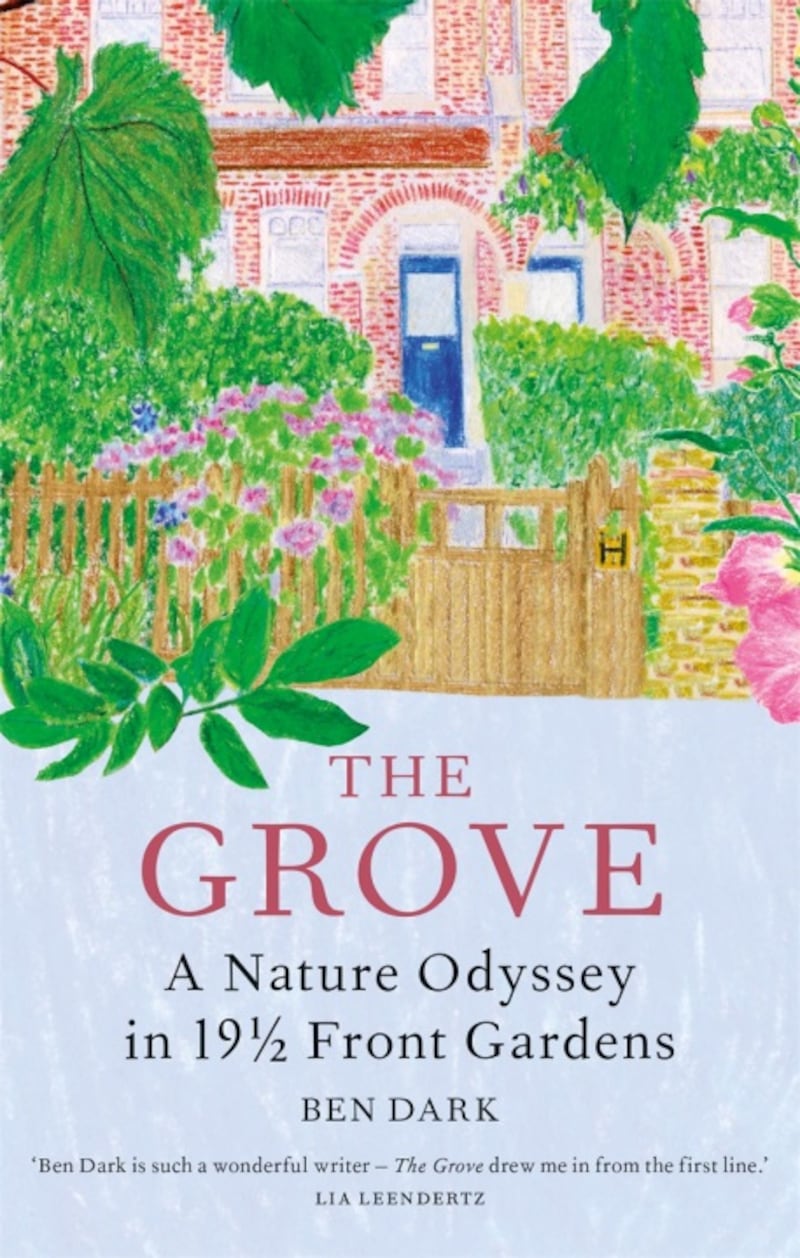
That unique ability of flowers to charm and seduce us is at the heart of a new book by the British gardener and florist Milly Proust, a Londoner whose initially reluctant move to the rural wilds of west Sussex precipitated the start of a whole new career for her. Beautifully illustrated with photographs by Éva Németh and filled with plenty of practical advice for beginners, From Seed to Bloom is a seasonal guide to sustainably growing and styling your own cut flowers with Proust’s own exquisite arrangements providing inspiration throughout. Growing your own cut flowers isn’t the sole preserve of country dwellers, a fact proven by seasoned flower farmers Camila Romain and Marianne Mogendorff of the London-based micro flower farm Wolves Lane Flower Company, who wrote their first book How to Grow the Flowers: A Sustainable Approach to Enjoying Flowers Throughout the Seasons, during the pandemic’s successive lockdowns (Pavilion Books, £20). An accessible, eminently practical warts-and-all guide to the hows and whys of the flower-grower’s year, it will appeal to both new and experienced gardeners.
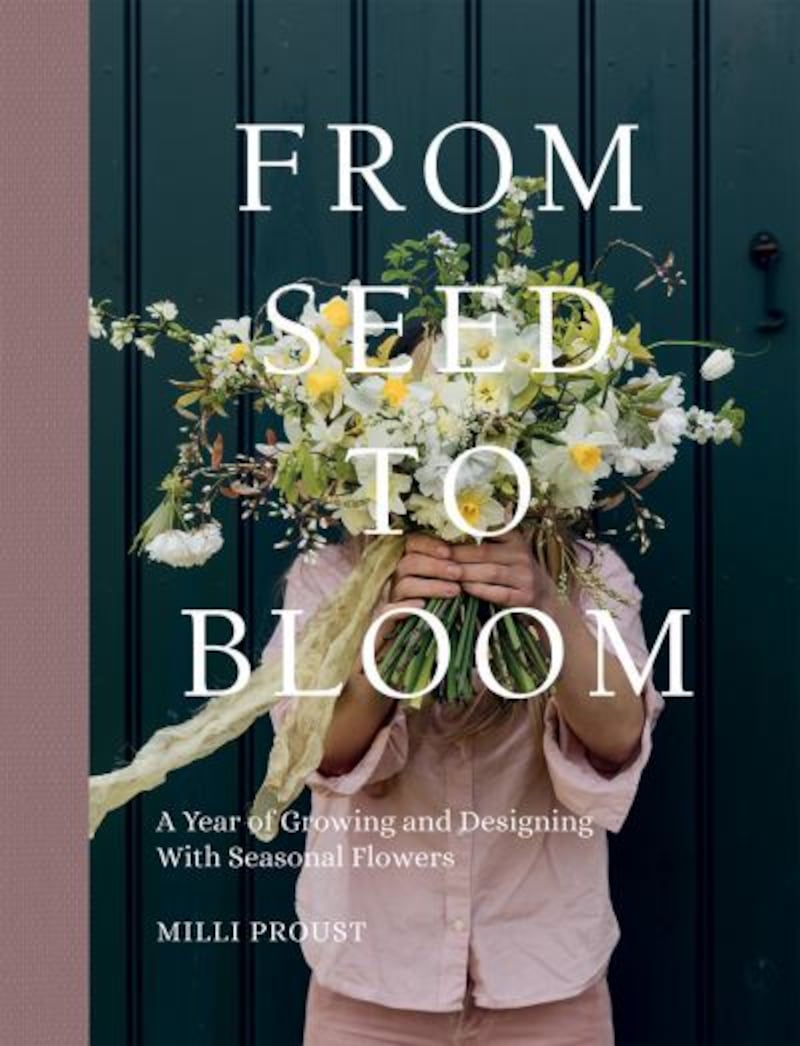
[ The A-Z of Christmas gardening giftsOpens in new window ]
[ Your gardening problems answered: How can I cure my diseased box hedging?Opens in new window ]
[ Add some oomph to your garden with these show-stoppersOpens in new window ]
When the British gardener Margery Fish’s book, We Made a Garden, was published back in the 1950s, it quickly became a gardening classic; an essential part of its enduring charm being the author’s witty accounts of the various horticultural skirmishes that went on between her and her husband Walter as together they created what was to become their famous country garden at East Lambrook Manor. In Husbandry: Making Gardens with Mr B, the professional garden designer Isabel Bannerman does something similar as she fondly reflects on the garden she and her husband Julian Bannerman are currently making at Ashington Manor Farm, the couple’s Elizabethan farmhouse in Somerset. An affectionate and insightful reflection on the “thousand tiny decisions about which we fight like hooting chimpanzees” and their differing styles of gardening – ”Mr B is the good shepherd… he thinks I am an absentee landlord” – Bannerman’s book also serves as a fascinating slice of garden history, with many of the grandees of British horticulture including Elizabeth Strangman, John Massey, Helen Ballard and Mary Keen featuring among its pages (Pimpernel Press, £14.99).
READ MORE
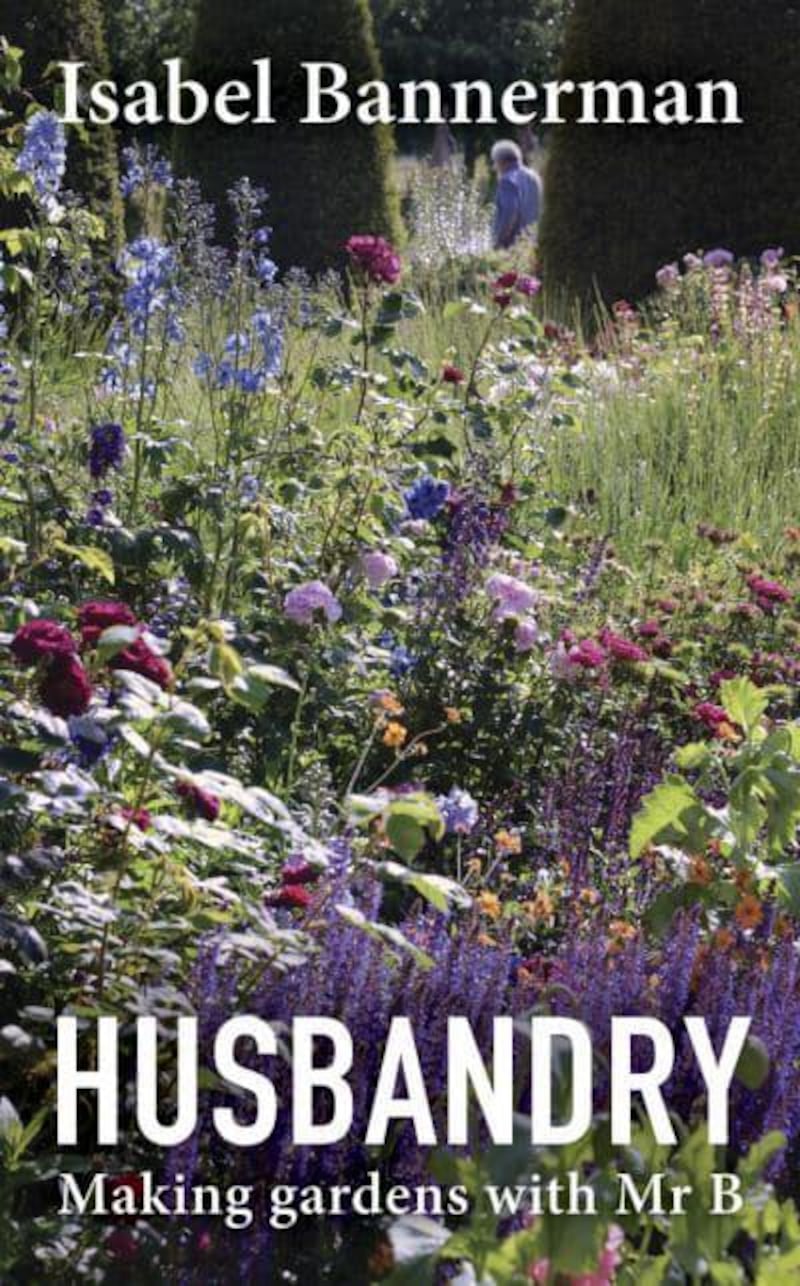
The world’s relationship with plants – how we view them, how we understand them, how we treat them, how we value them – are things that the British garden designer and ecologist Darryl Moore holds up to close scrutiny in Gardening in a Changing World; Plants, People and the Climate Crisis (Pimpernel Press, £20). Some might find the small, dense typeface, copious footnotes and somewhat scholarly approach a little off-putting, but this very wide-ranging, meticulously researched, authoritatively written book is an important one that skilfully traces the evolution of the 21st-century garden, and highlights the pressing need for a more ethical, more ecologically astute, “plant-centric” way of both living and gardening.
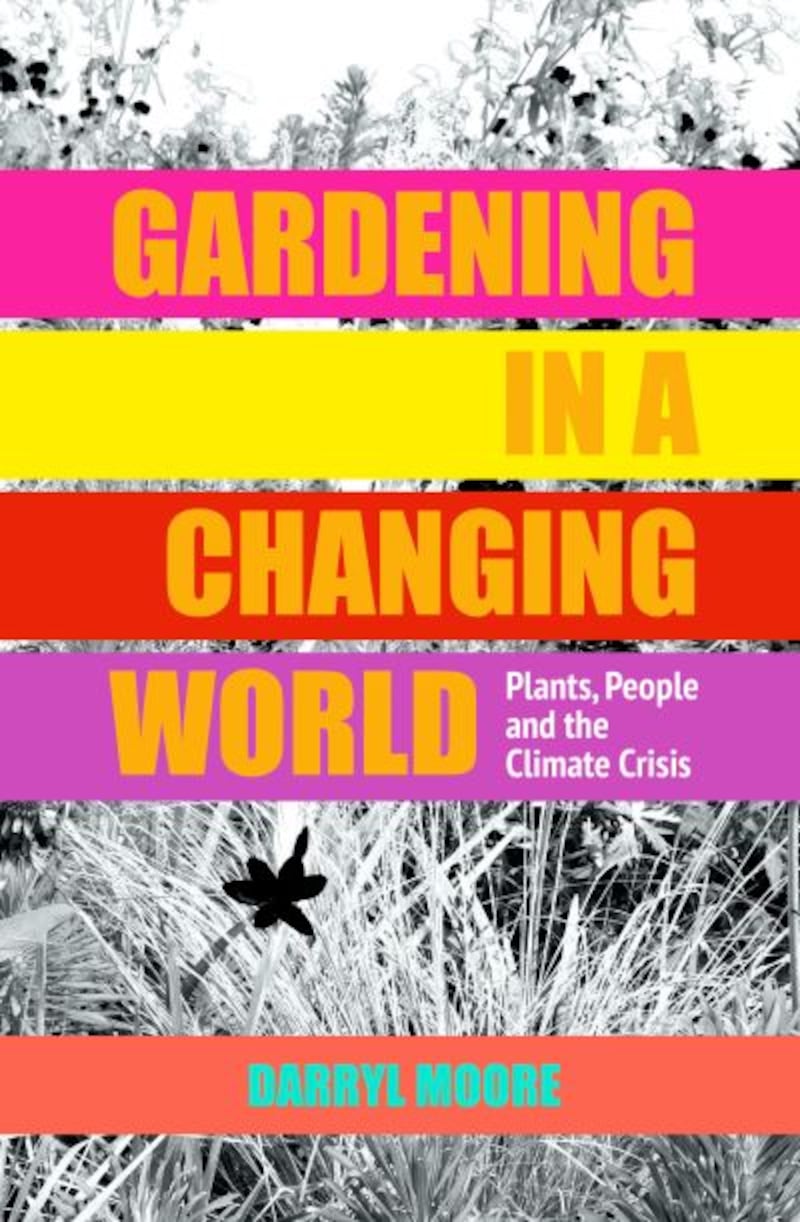
The ex-garden designer Mary Reynolds’s new book, We are the ARK: Returning Our Gardens to Their True Nature Through Acts of Restorative Kindness, (Timber Press, £23.99) also argues for a radically different approach to gardening, one where the need to nurture and support nature takes precedence over our all-too-human need to exert control. Some will take issue with the author’s declaration that the time for gardens to act as canvases for our creative pleasure is over, and that we must instead do everything we can to rewild at least half of our outdoor spaces as ARKs or restored native ecosystems. I’d also question the practicality of advising gardeners to remove any non-native invasive plants from their plots, something that requires a good deal of horticultural knowledge and careful judgment. All that aside, this heartfelt, beautifully illustrated book is a call to arms and a powerful reflection of the radical shift taking place worldwide in terms of recognising our responsibilities to the planet and to future generations.
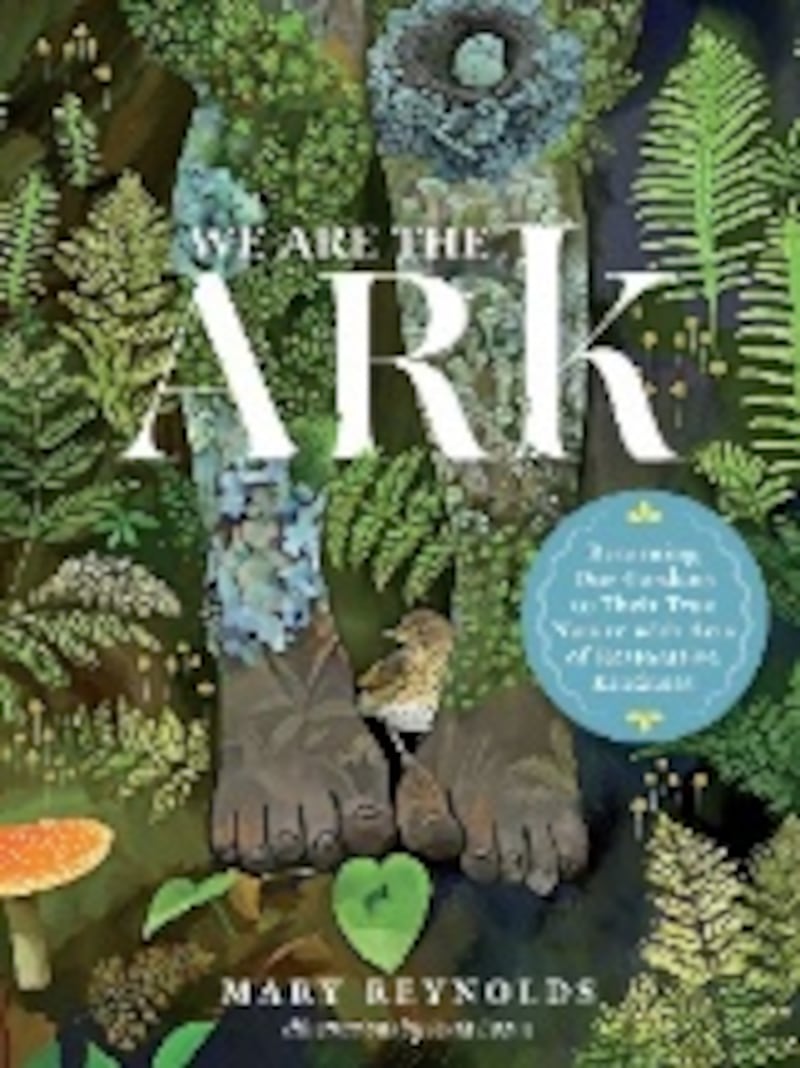
Wild: the Naturalistic Garden (Phaidon, £49.95), the British garden designer Noel Kingsbury’s latest book, also reflects that sea change by exploring how the world’s most respected garden designers are employing a much wilder, nature-based approach to planting design that simultaneously tackles problems such as habitat loss and the challenges of climate change. Very lushly and generously illustrated, with images by the Australian photographer Clare Takacs, it features more than 40 different garden designs around the world. These range from drought-resistant Mediterranean landscapes, created by leading designers such as James and Helen Basson, Olivier Filippi, and Monique and Thierry Dronet, to Dan Pearson’s climate-appropriate design for Tokachi Millenium Forest in Japan, and Xanthe White’s climate-appropriate design for the sub-tropical gardens of Mamaku in New Zealand. Expertly written, thought-provoking and inspiring, it shows how great garden design can respond to the environmental challenges we’re facing.

Wild gardens are also the theme and title of an elegantly written, handsomely illustrated new book by Stephanie Mahon, the Irish-born garden writer and editor of Gardens Illustrated, which won Gardening Book of the Year at last month’s Garden Media Guild Awards. Wild Gardens: Inspired by Nature (National Trust £14.99), brings readers on a tour of many of Britain’s best-loved gardens, from the orchid-studded wildflower meadows of Stowe and the artful gardens that Dan Pearson recently designed around the picturesque ruins of Lowther Castle, to the tree fern glades of Trengwainton in Cornwall, the exotic “jungle” of Glendurgan (also in Cornwall) and the “nature on steroids, visual suckerpunch” that is Bodnant. In a series of very useful, short but fact-packed sections, Mahon also takes a closer look at some of the classic elements of the modern “wild gardening” movement, from bluebell woods and forest gardens to wildflower meadows and the New Perennial movement.
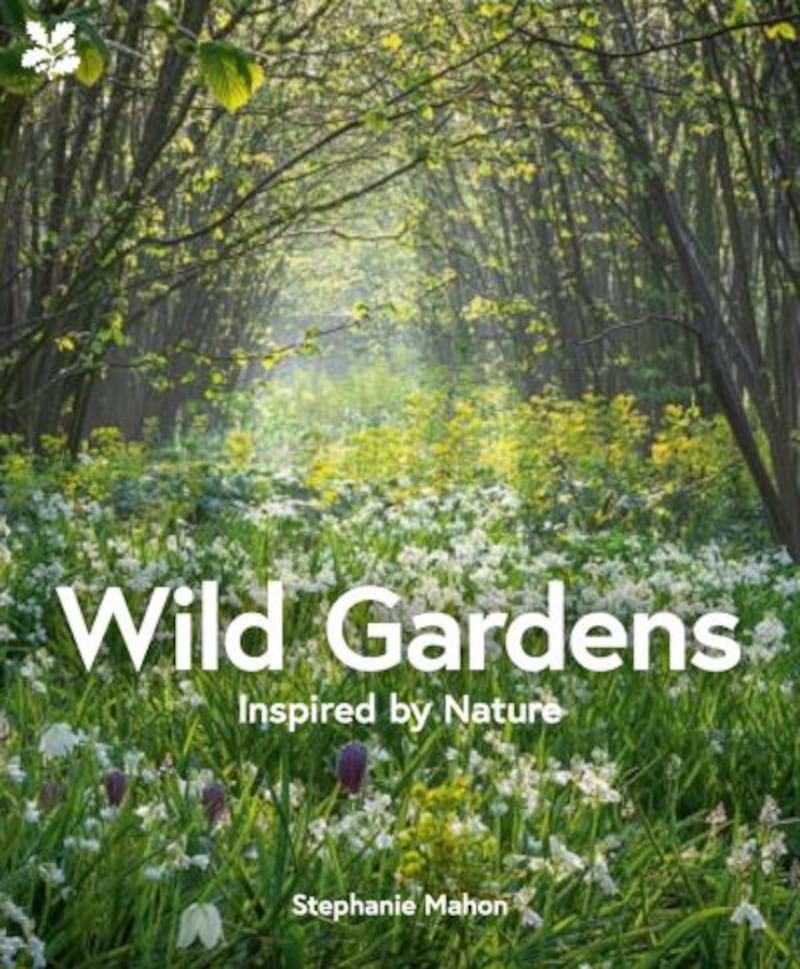
Gardening Together: A Month-by-Month Guide to Getting the Most from your Outdoor Space, by Irish gardeners Diarmuid Gavin and Paul Smyth (Gill Books €19.99), was inspired by the authors’ regular Instagram Live conversations during the pandemic lockdowns. This handsomely illustrated publication is filled with plenty of short, snappy tips and reassuring advice for beginner gardeners on how to get the most out of your plot. Irish gardeners will also enjoy Gardening for Gorillas, by Stephen Butler, a funny and fascinating chronicle of the 37 years that this Kew-trained former head-gardener and curator of horticulture at Dublin Zoo spent creating a series of beautifully designed, animal-friendly spaces expertly crafted to suggest a geographically diverse range of wild habitats (available at Dublin Zoo as well as online from dublinzoo.ie for €35 plus p&p, see gardeningforgorillas.com for a list of other distributors.)
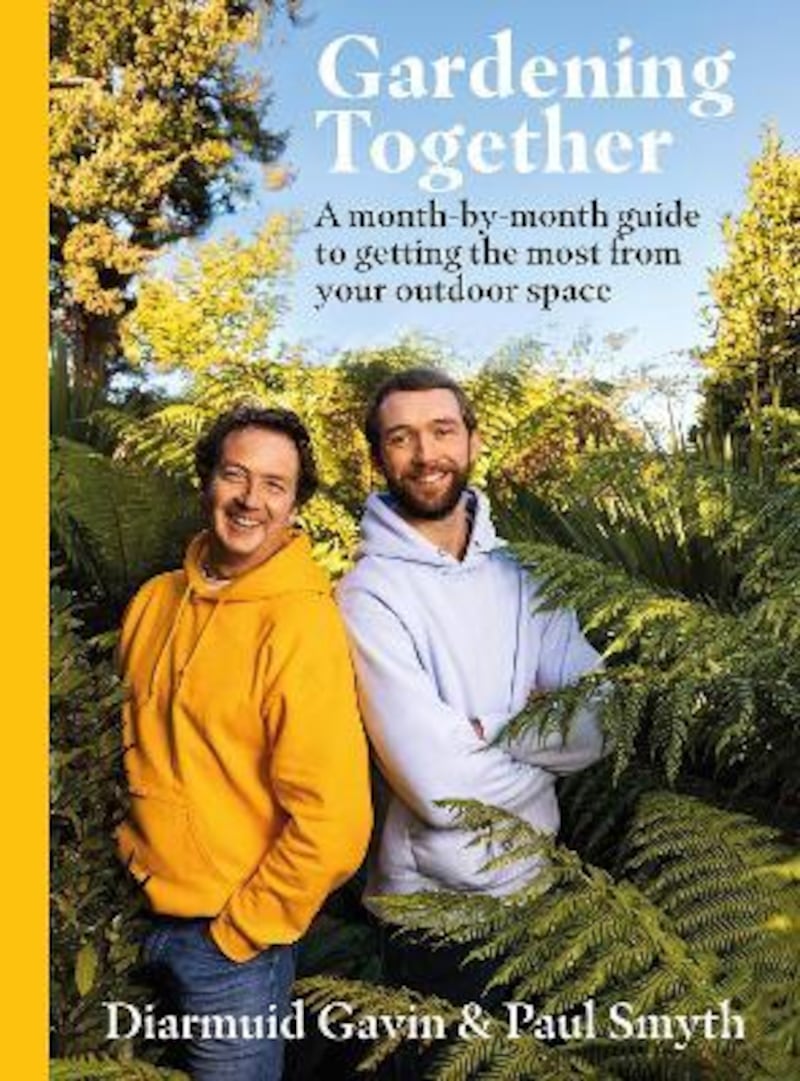

The organic kitchen gardener Charles Dowding has earned himself an army of followers worldwide with his no-dig approach to gardening. His latest book No Dig: Nurture your Soil to Grow Better Veg with Less Effort, is the distillation of his many decades of experience of organic market gardening with step-by-step instructions on nurturing soil health, compost-making, weed control, crop planning and an extensive directory of suitable vegetables and herbs usefully categorised according to their different plant families, all handsomely illustrated with photographs by Jonathan Buckley (DK , £30).
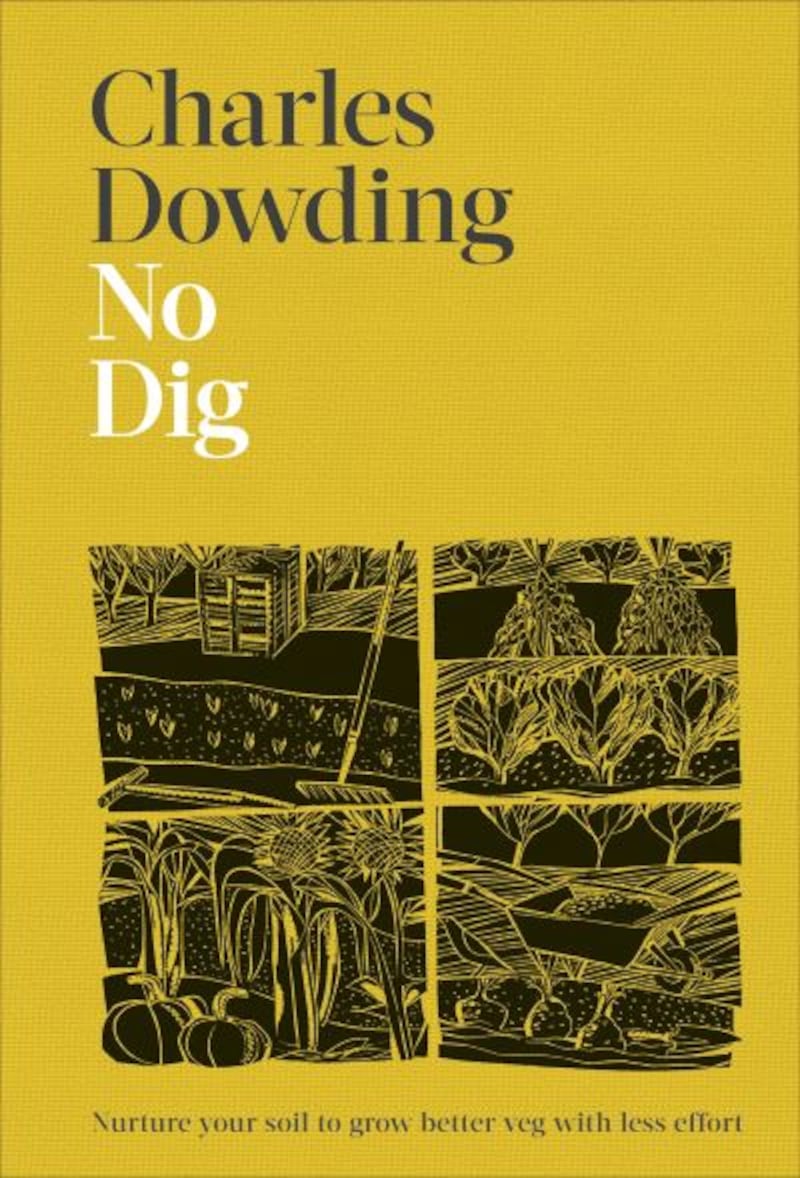
Plant monographs feature in the very best garden libraries; the rosarian Michael Marriott’s book Roses: An Inspirational Guide to Choosing and Growing the Best Roses, is one that tackles this vast and complicated subject with impressive thoroughness, guaranteeing it a place among the classics (DK, £24.99).
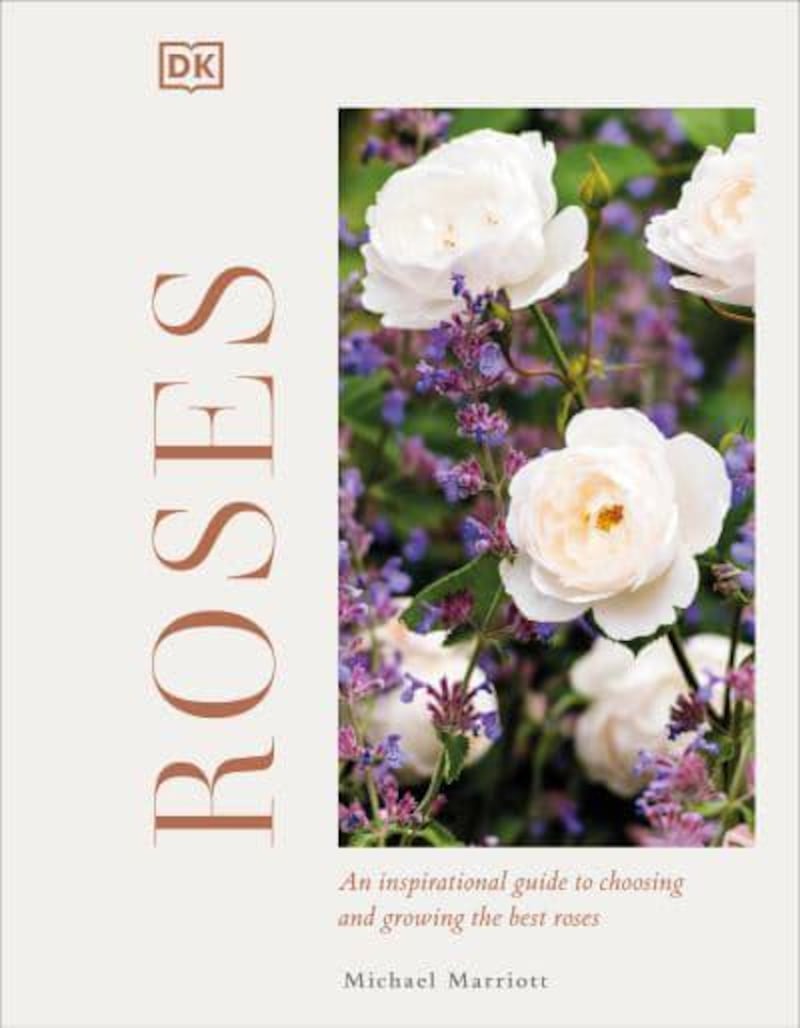
Finally, for those of us who thought that Indiana Jones-style death-defying plant-hunters are a disappearing breed, Chasing Plants: Journeys with a Botanist through Rainforests, Swamps and Mountains, by the British botanist and botanical illustrator Chris Thorogood, provides electrifying proof that this is not the case as he recounts spine-tingling tales of his travels through Europe, the Middle East, Africa and Asia in search of some of the world’s most unusual plants. The resulting illustrations are a joy to behold (Kew Publishing, £25).
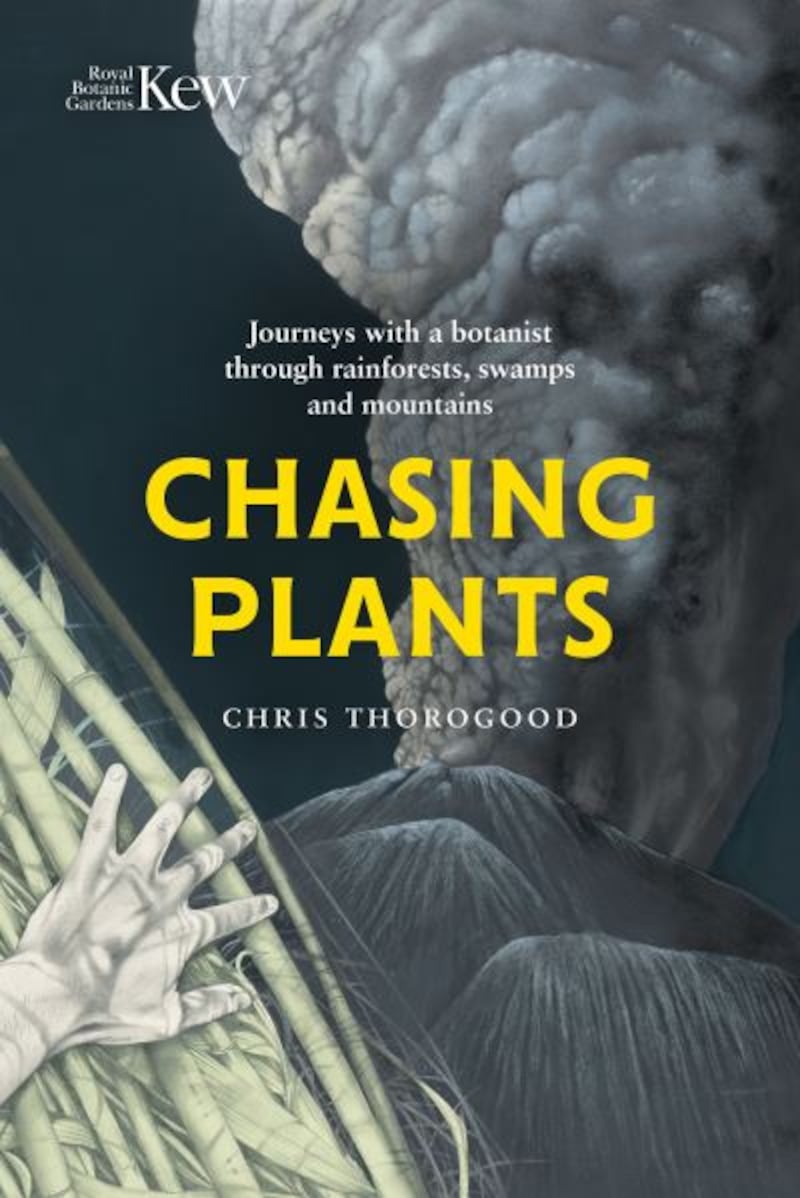
This week in the garden
With the mild weather of autumn now replaced by harsh night-time frosts, it’s time to protect vulnerable plants against damage. So, make sure the doors, windows and vents of polytunnels and glasshouses are kept firmly closed at night and only very slightly opened during sunny days. Throw a layer or two of horticultural fleece over half-hardy species on chilly nights, and take extra care not to overwater plants growing in polytunnels or glasshouses at this time of year as this can leave their vulnerable root systems sitting in cold, wet soil.
The recent dry, cold weather and improved soil conditions also offer the much-needed opportunity to finally get the last of spring-flowering bulbs in the ground. It’s late in the season but most of these will still flower well from an early December planting. Just make sure to discard any bulbs that show obvious signs of decay.















